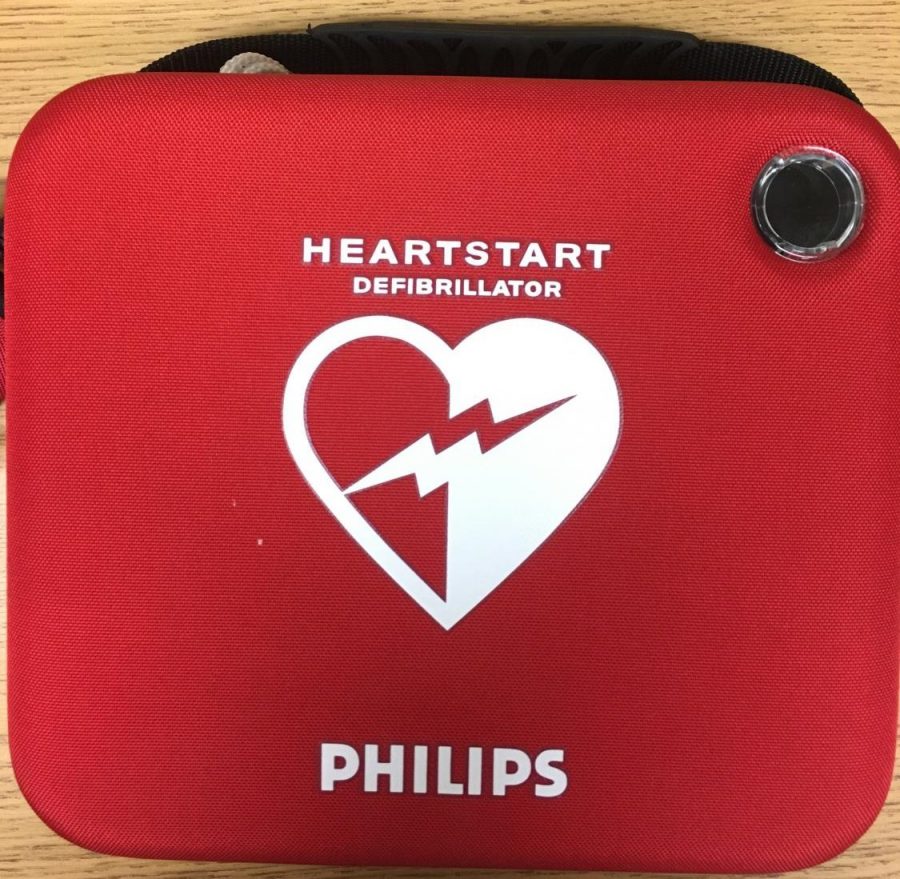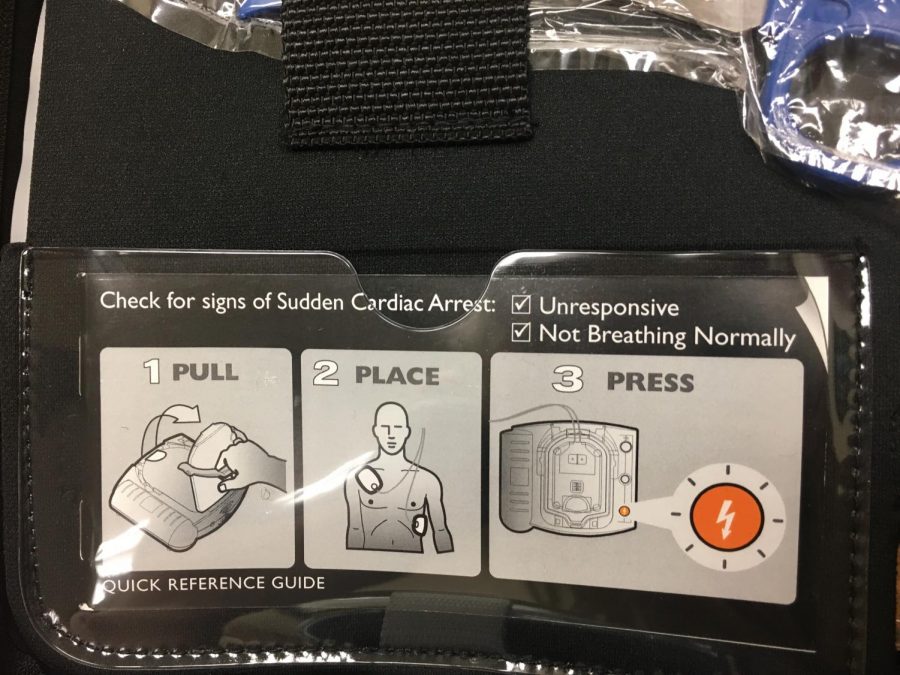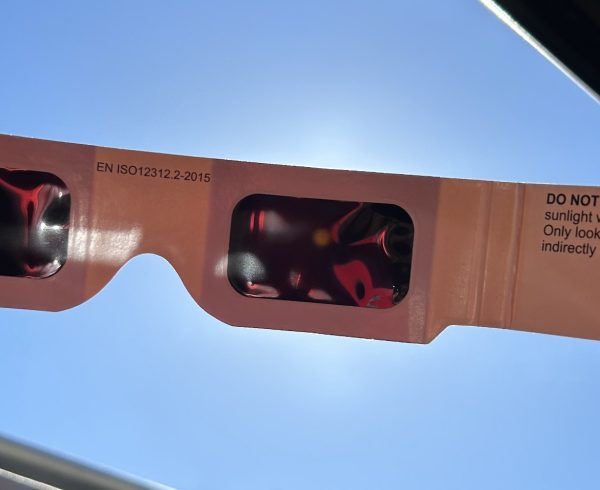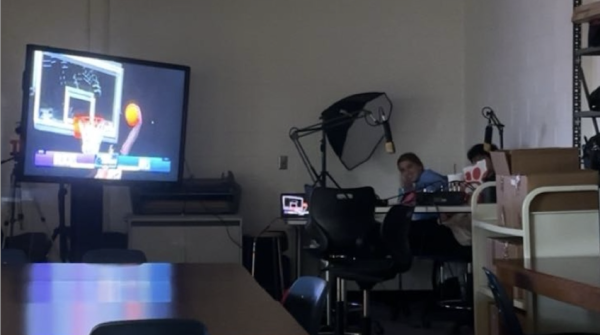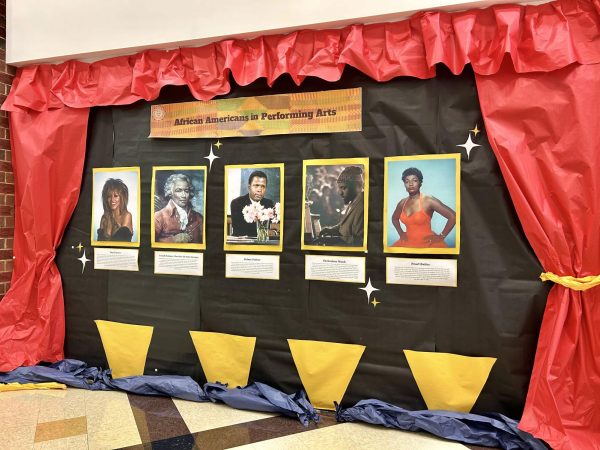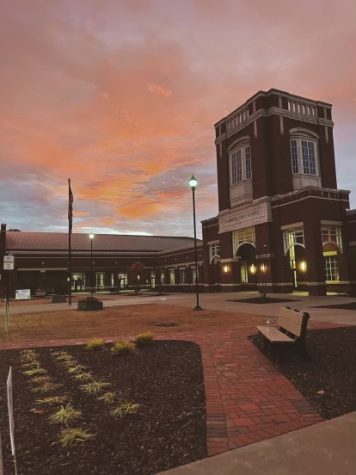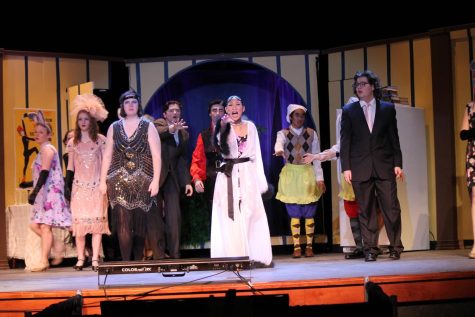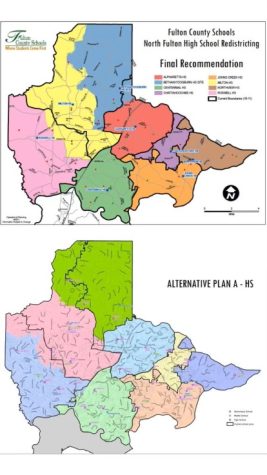Shocking Video Sparks Interest in Defibrillators
Just one of the many school’s defibrillators.
During a faculty meeting earlier this semester, school nurse Karen Thimsen gave a demonstration on automatic external defibrillator (AED) training. The staff was shown video of a high school volleyball player who went into cardiac arrest mid-game.
The girl was unconscious for five whole minutes, and it took 11 minutes for the paramedics to arrive. She survived because staff at her school used an AED to resuscitate her before paramedics arrived on scene.
Thimsen said the video shocked the Cambridge staff.
“I heard several people lean over to their colleagues and say ‘we need to do this’,” she said.
Although many people may not consider the worst case scenario when it comes to medical emergencies on campus, the possibility exists. Because of this, schools are trying to make sure they are equipped.
The school has six defibrillators located at various spots in the school: the clinic, the front office the cafeteria the training room the veterinary science building and the baseball and football concession stands.
Although not required, Thimsen sees the defibrillators as a necessity to ensure the safety of students and staff.
Anyone can use an AED with ease, even those who are not trained.
When the user opens the box, the machine’s speaker system begins guiding the user through the steps in the process.
“These are completely dummy proof,” said Thimsen. “Anyone could use them.”
The machine alerts the user when it is about to administer a shock, reducing the risk of accidental harm to the user. The AED will only shock the patient if no heartbeat is detected.
“There is no need to panic if you are unsure because the machine will determine if it is necessary or not,” said Thimsen.
Every week, Thimsen checks each defibrillator case in the school to make sure they’re working. Although weekly checks are not required, Thimsen said she does so anyway as a precautionary measure.
There are 32 teachers at the school who are CPR and AED certified, according to Thimsen.
One of those 32 teachers is Social Studies teacher Robert Bordas, who has coached golf at the school since it opened. Coaches must complete CPR training every year to ensure the safety of their players.
“You don’t expect stuff like this to happen, but it can, and we need to be prepared,” said Bordas.
There are several ways to become certified, said Thimsen. Those who signed up at the faculty meeting had the opportunity to train at the North Learning Center.
Thimsen also said she will offer a free CPR and AED staff training event on March 9th at the school. There will be two sessions — one in the morning and one in the afternoon.
“We want everyone to have an opportunity to become certified,” said Thimsen.
For students who want to become certified, Thimsen recommended looking online and registering through the Red Cross.
Senior Chris Dejonghe became CPR certified earlier this month by the Red Cross. Dejonghe’s older brother has an arrhythmia, also known as an irregular heartbeat.
“He’s never had an incident, but I want to be completely prepared,” said Dejonghe.
Those interested in becoming certified can visit https://www.redcross.org/take-a-class/aed to sign up for a session.
